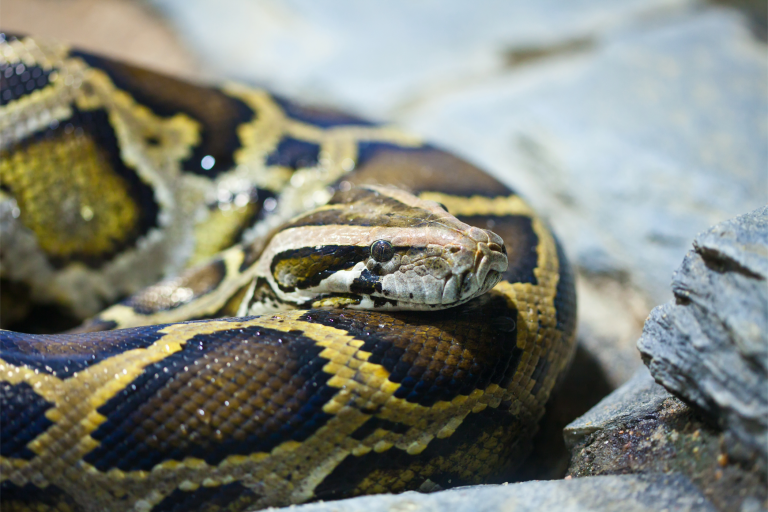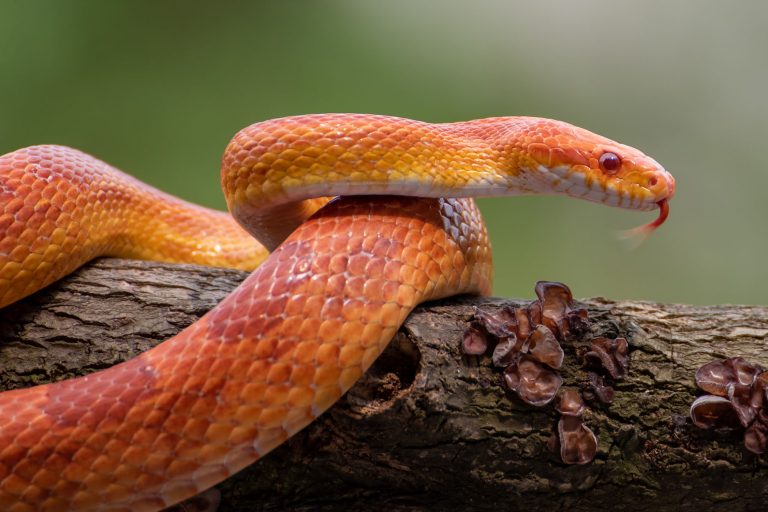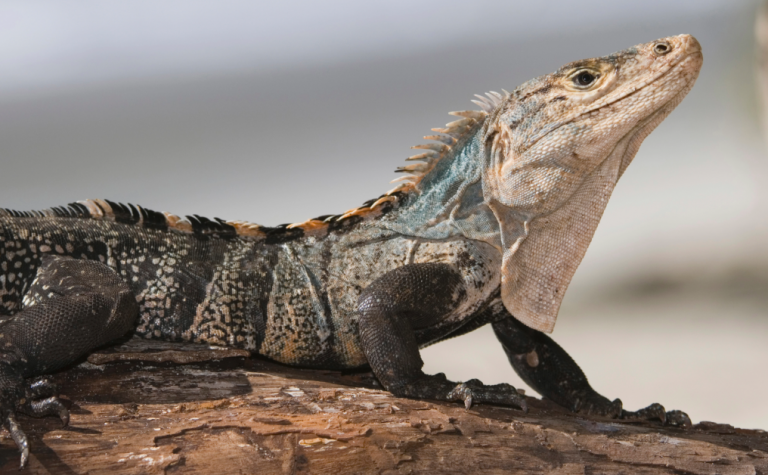Salmonella in Birds and Reptiles
Salmonella, a name that make you think of food poisoning and kitchen hygiene. However, is also a significant concern in the world of our pet reptiles and birds. Understanding the risks and prevention methods is crucial for pet owners to ensure the health and safety of both their beloved animals and their families.
Salmonella
Salmonella bacteria are known to inhabit the digestive tracts of a wide range of animals, including reptiles and birds. These bacteria can live in a person without any symptoms, but can also be dangerous. When treating a person infected with salmonella doctors will ask about any pet reptiles or birds. Be honest and let them know. They may request a fecal sample from the animal, although these tests are not reliable.
“Because Salmonella may be shed intermittently, it is not possible to use diagnostic testing to guarantee that any reptile or amphibian is ‘free’ of Salmonella. Bacterial culture of fecal specimens will not detect Salmonella infection in all reptiles and amphibians.”
ARAV (Association of Reptile and Amphibian Veterinarians),
Reptiles
Reptiles such as turtles, lizards and snakes are frequent carriers of Salmonella. These animals can harbor the bacteria and will not show any signs of illness as it is not harmful to them. This makes it difficult to detect. Keeping the cage clean can help reduce the dangers. The bacteria are shed in the animal’s waste so the cleaner the enclosure, the better.
Avoid Salmonella Infections
Humans can contract Salmonellosis by handling infected animals or coming into contact with their feces. If the person is immunocompromised, very young or very old, an infection can be serious and may even require hospitalization. Symptoms in humans can range from mild gastrointestinal distress to severe, life-threatening conditions.
A law passed in the 1960s about having no pet turtles under four inches came from so many children getting salmonella from their pets. It turns out, it was not the size of the animal, but the fact that small children often put their fingers in their mouths. Many states have repealed this law. But hand-washing will prevent this problem from ever happening.
Prevention
Preventing the spread of Salmonella involves good hygiene and proper animal husbandry. Washing hands thoroughly after handling animals or cleaning their habitats is very important. Regular cleaning and disinfecting of pet enclosures and feeding equipment can also reduce the risk of transmitting salmonella.
Treat your pet birds and reptiles the same way you would treat raw chicken. Clean your hands immediately after contact. Keep hand sanitizer next to your pet enclosures. Use it after handling anything in the cage or the animal itself. Then, wash your hands with soap as soon as you are able. (Remember how we learned hand washing during COVID? Wash for at least 20 seconds or as long as it takes to sing Happy Birthday twice.)

Don’t like the gel? Try Purell Hand Sanitizing Wipes
Conclusion
Salmonella is a silent threat that can have serious implications for our pets and ourselves. Say informed and practice good hygiene with your animal enclosures. You can protect your family from this hidden danger with simple precautions. Remember, the health of our pets and our own health are intrinsically linked.







